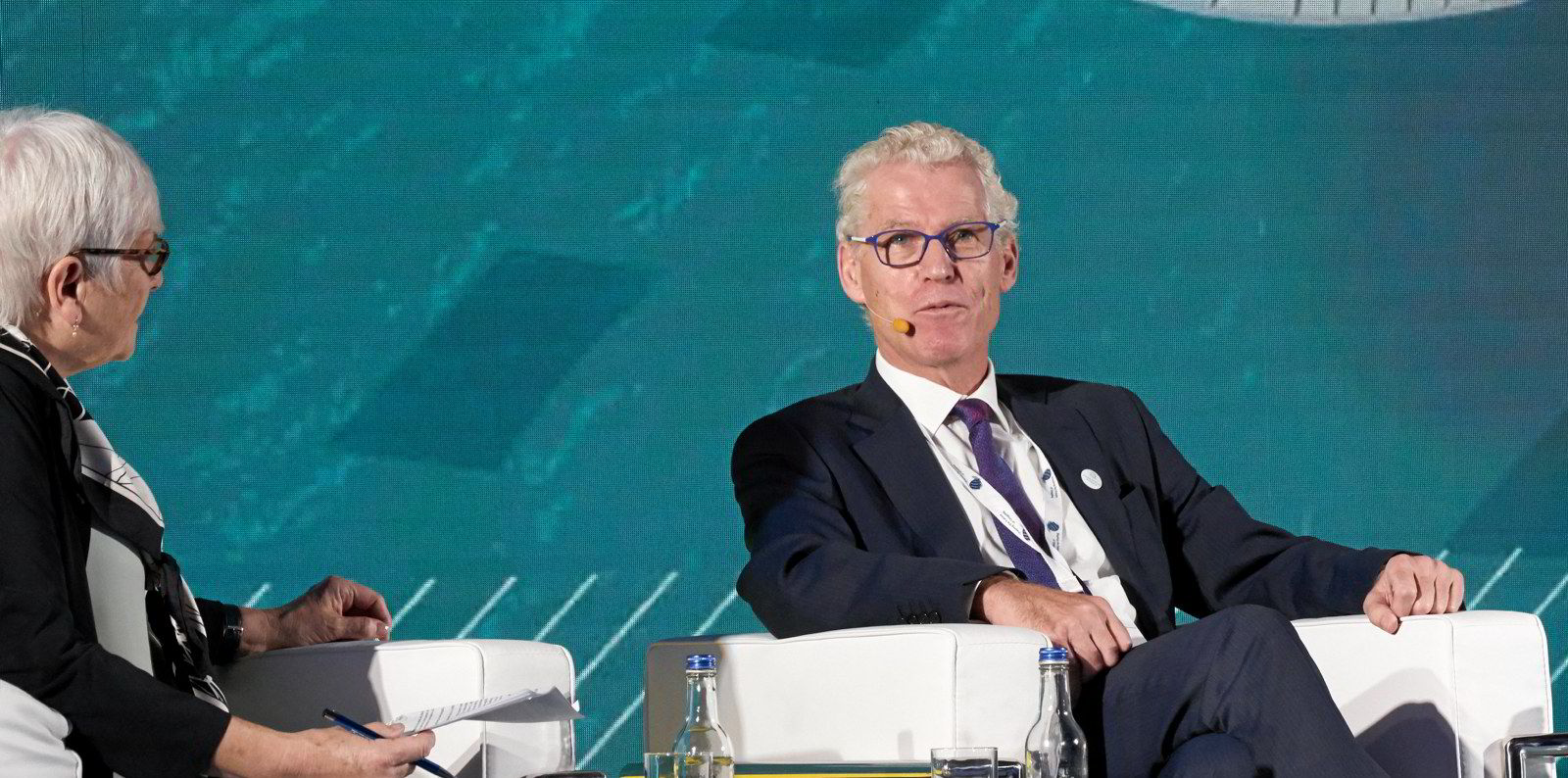Liner companies are struggling to meet their Scope 1 emissions intensity results targets as congestion delays leave their ships sitting at anchor for weeks at a time.
These emissions intensity results are based on the volumes of CO2 produced to transport a container over a specific distance across the ocean.
But rampant supply chain disruptions that leave ships at anchor burning additional fuel for days, sometimes even weeks, before they can dock and discharge their containers are having a detrimental effect on emissions intensity results.
The problem was highlighted by Singapore-based liner giant Ocean Network Express (ONE) in its 2022 sustainability report published on Thursday.
Global supply chain disruptions, it said, resulted in operational inefficiencies that offset the gains it made in fleet fuel efficiency.
The good news was that ONE’s Scope 1 emissions from fuel consumption by vessel engines continued to decline last year, falling to 10.93m tonnes from 11.59m tonnes in 2020 and 13.45m tonnes in 2019.
But this overall reduction of emissions from burning fuel in the engines of its ships did not help the company when it came to calculating its Scope 1 emissions intensity result, which rose from 43.67 grams of CO2 equivalent per teu-km in 2020 to 44.81 grams in 2021.
Like those of so many of its industry peers, ONE’s container ships were frequently left sitting off ports running their generators for operational purposes and to provide power to reefer containers, increasing the volume of fuel used, which fed into the emissions intensity formula, without a corresponding increase in distance.
Despite this, chief executive Jeremy Nixon painted a bullish picture of ONE’s long-term environmental targets, as outlined in its green strategy, launched in 2021.
Described as a concrete step towards accelerating the company’s decarbonisation ambitions to achieve net zero emissions by 2050, the plan covers five focus areas: carbon management, operational efficiency, green investment, alternative fuels and ecosystem building.
ONE has an aggressive growth plan that includes a $20bn investment in its fleet and operations by 2030 to meet growing demand and decarbonisation targets.






